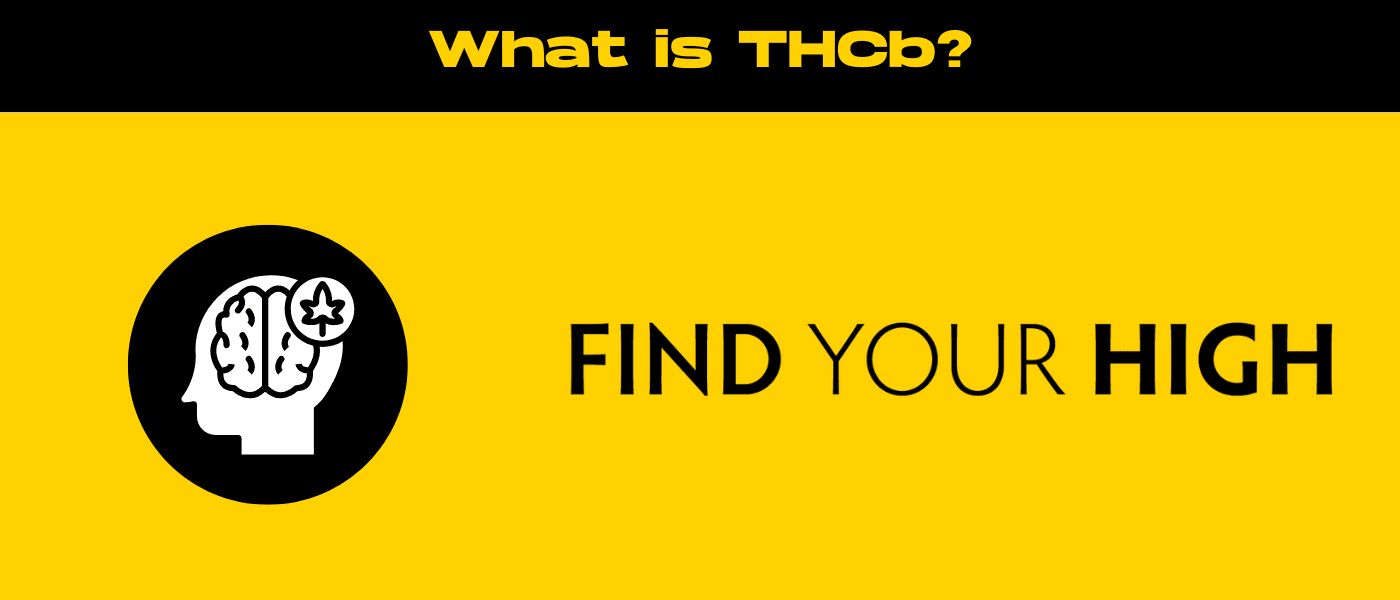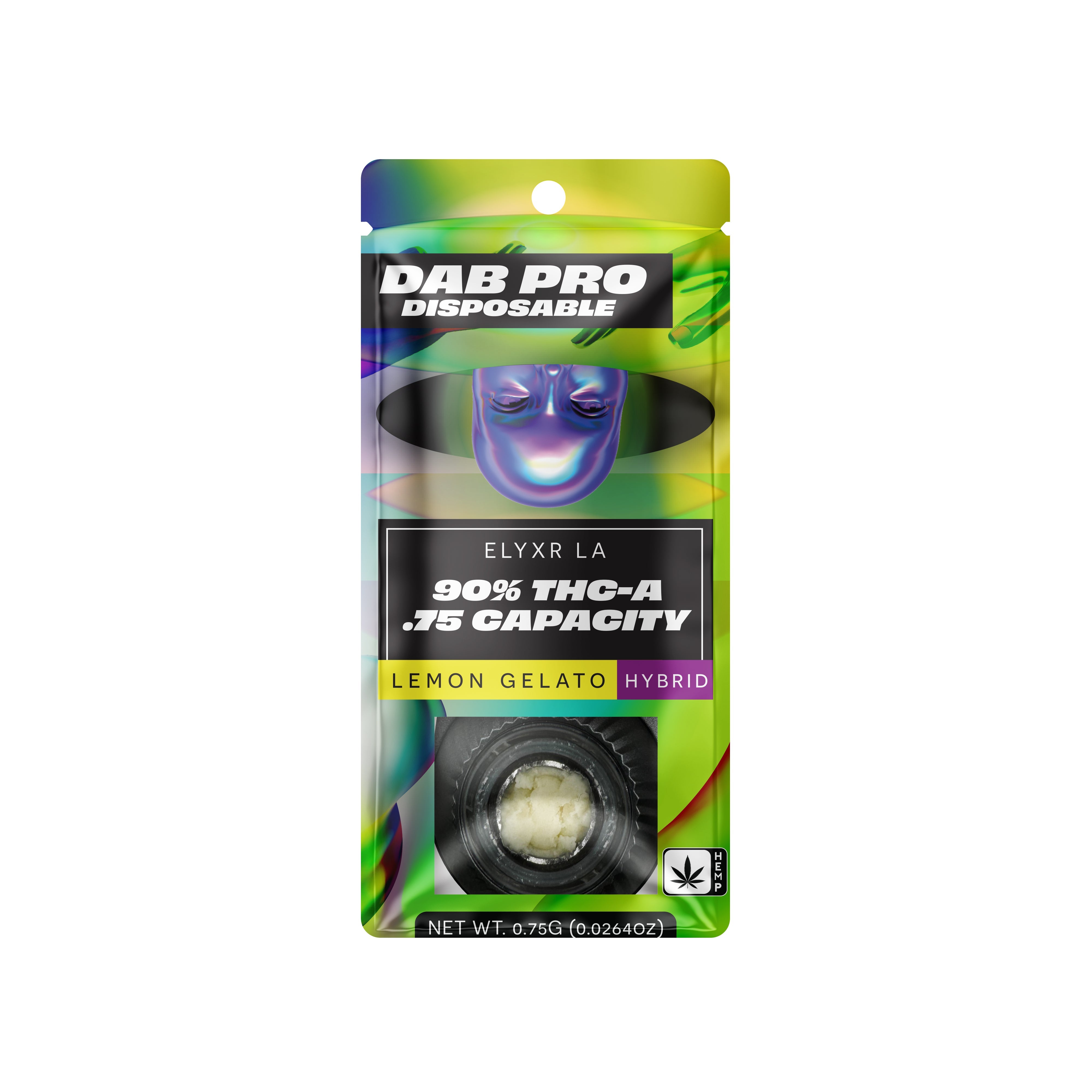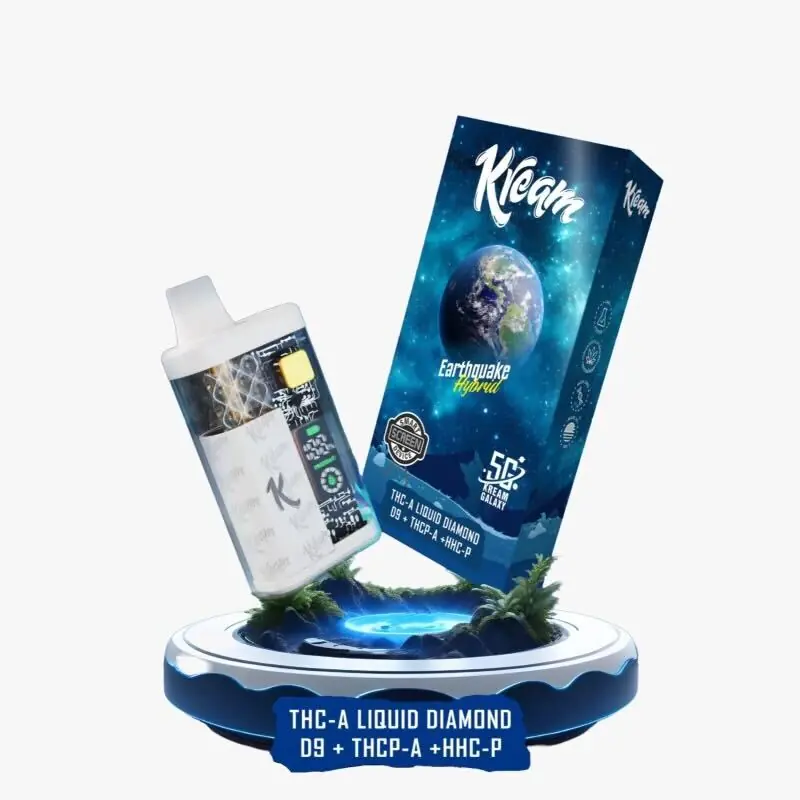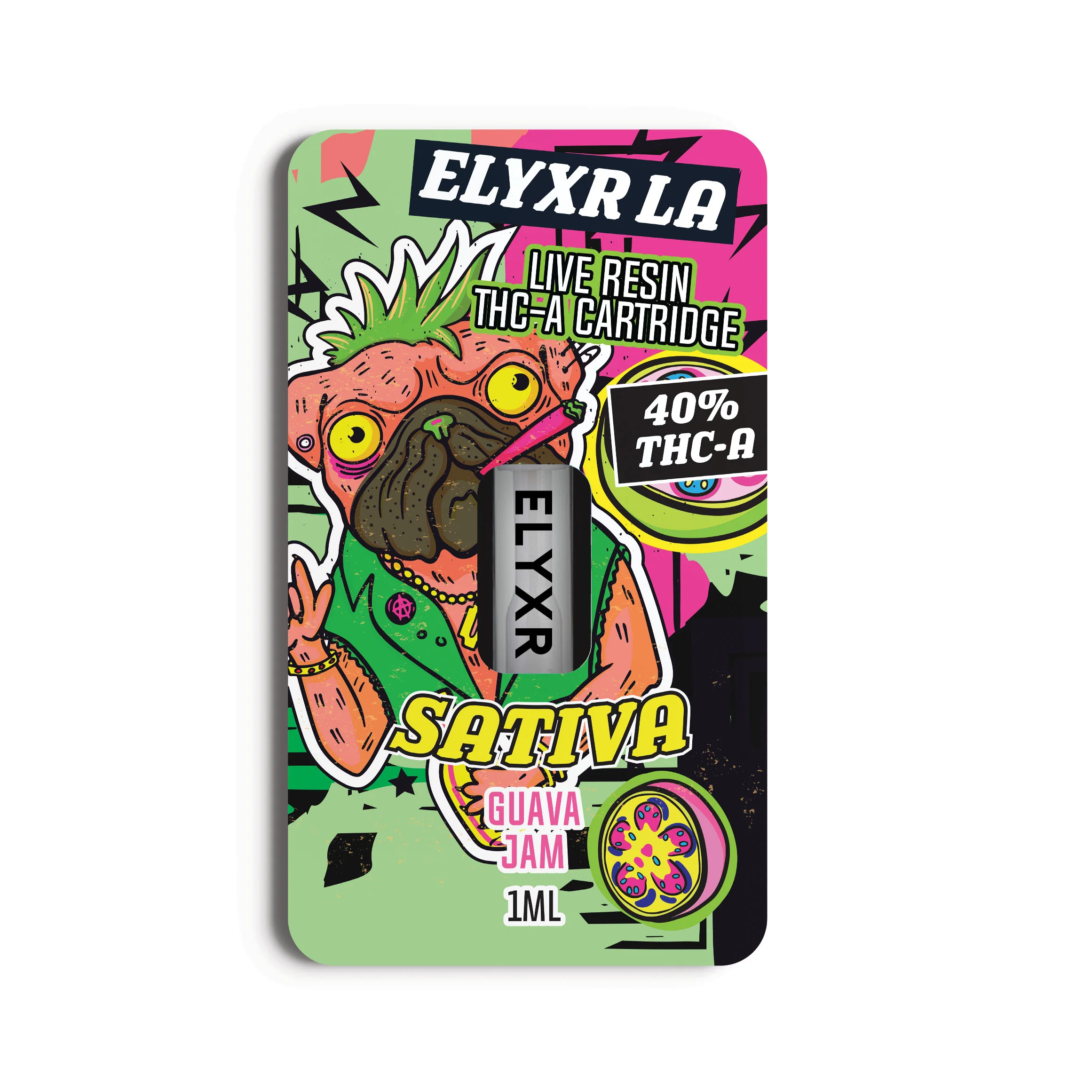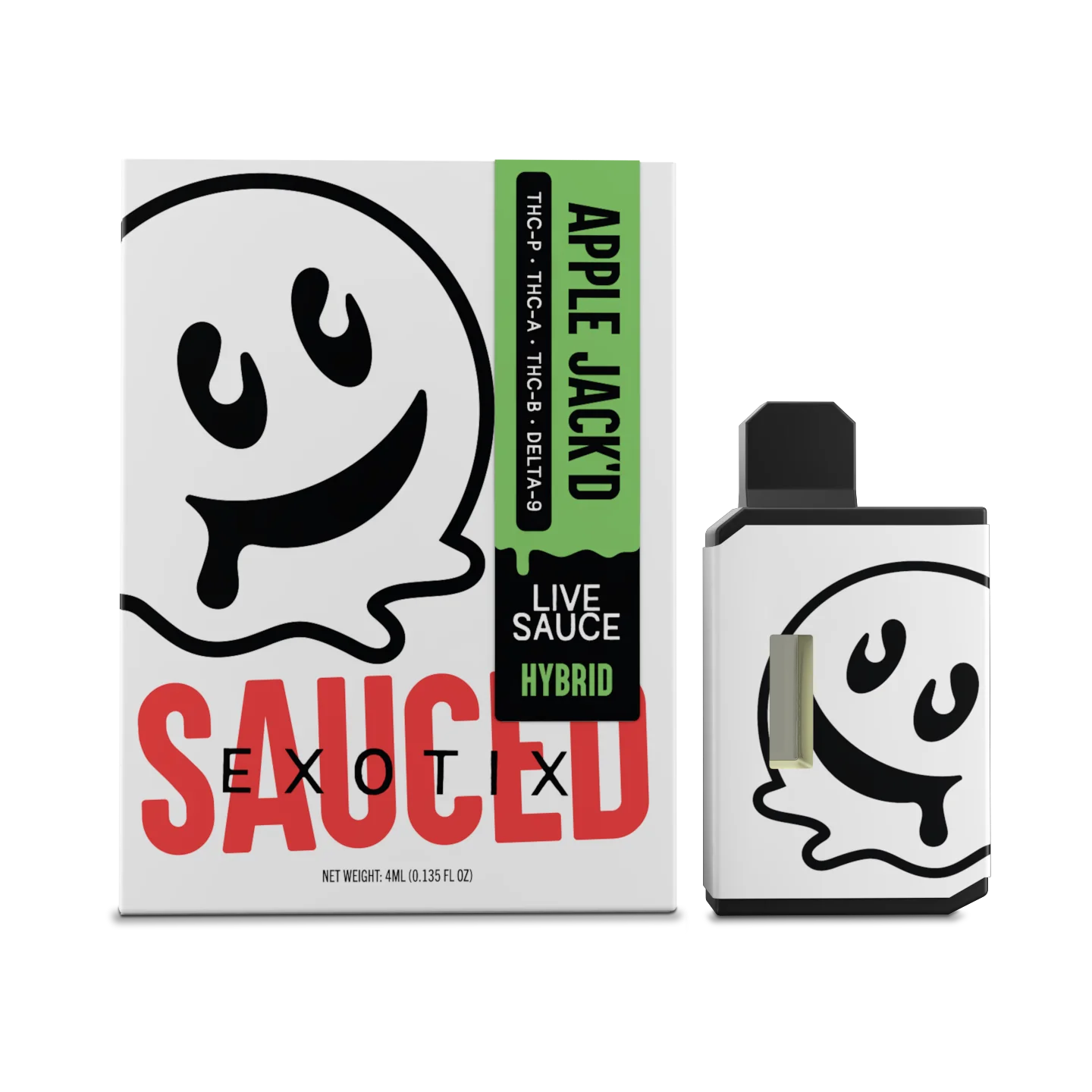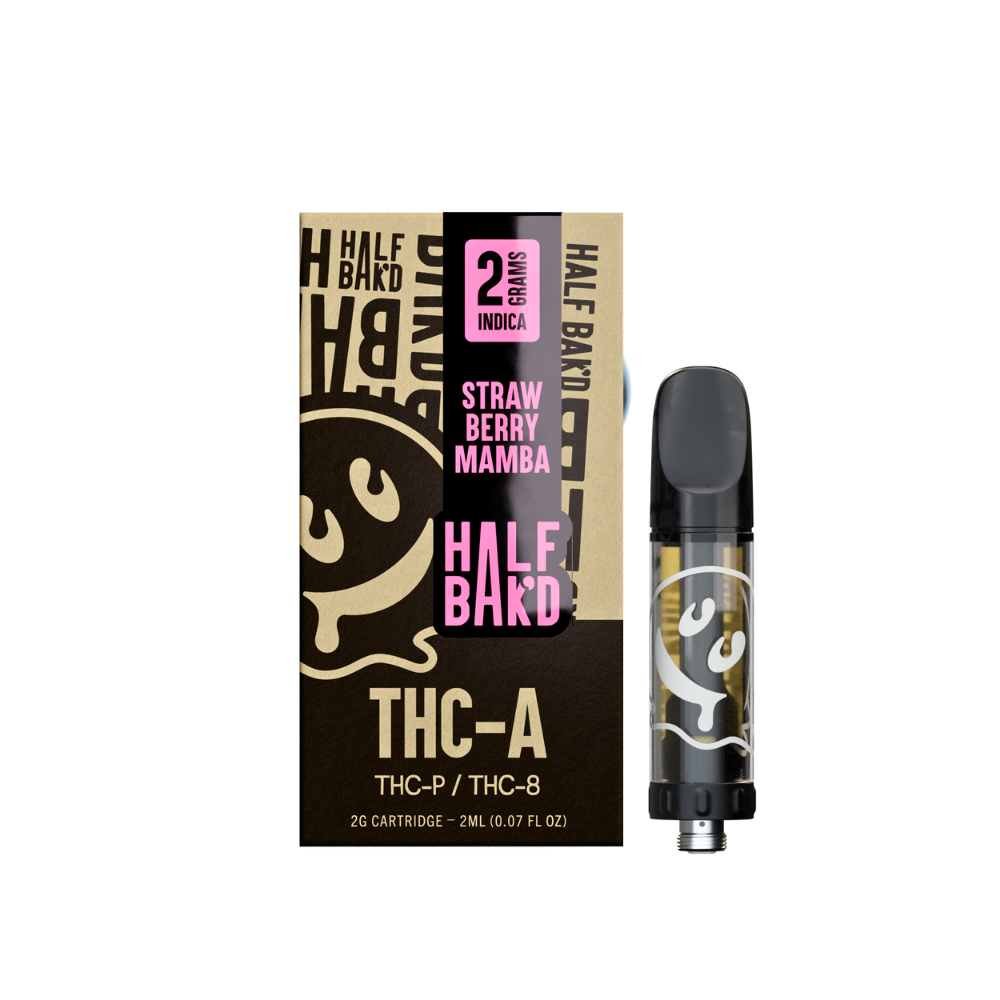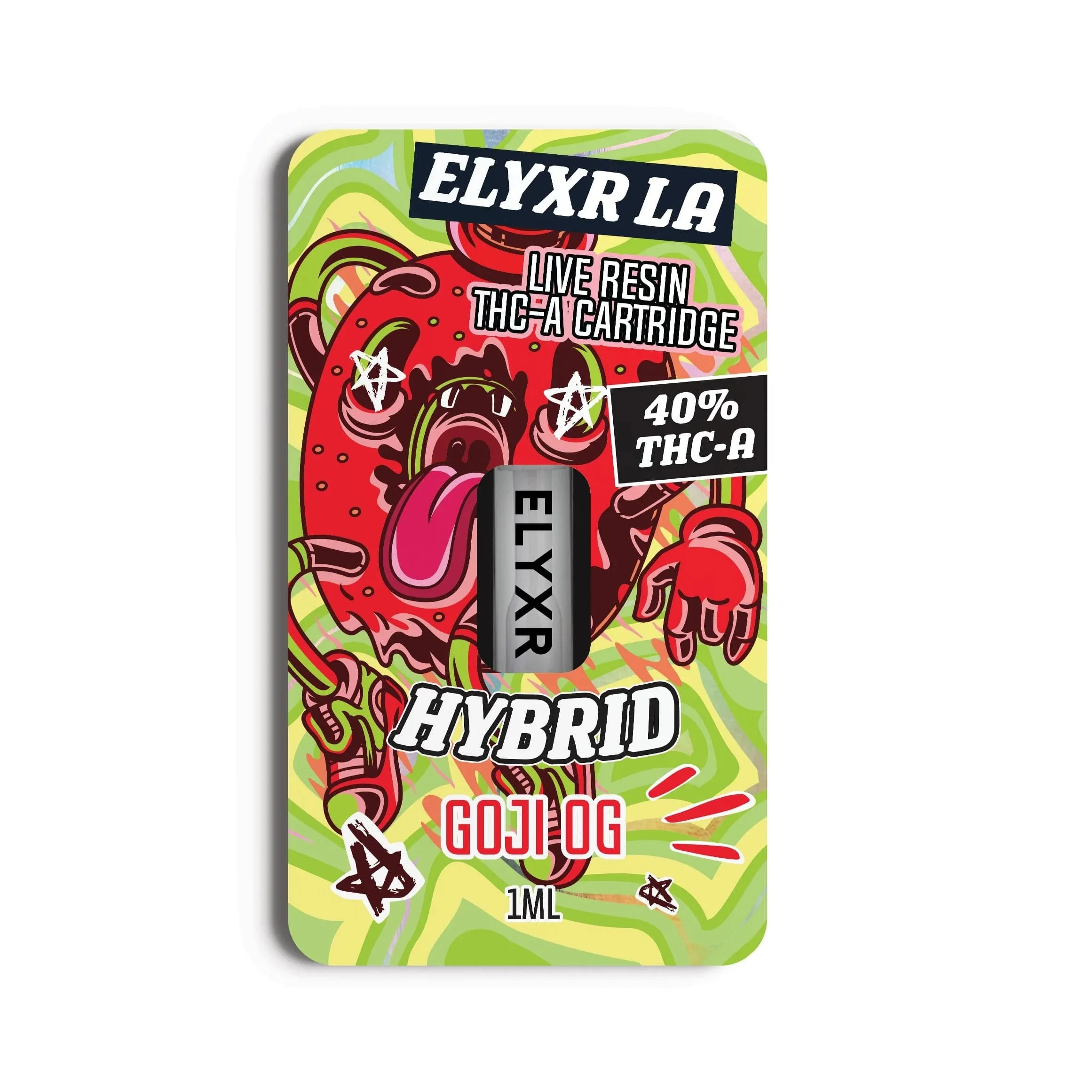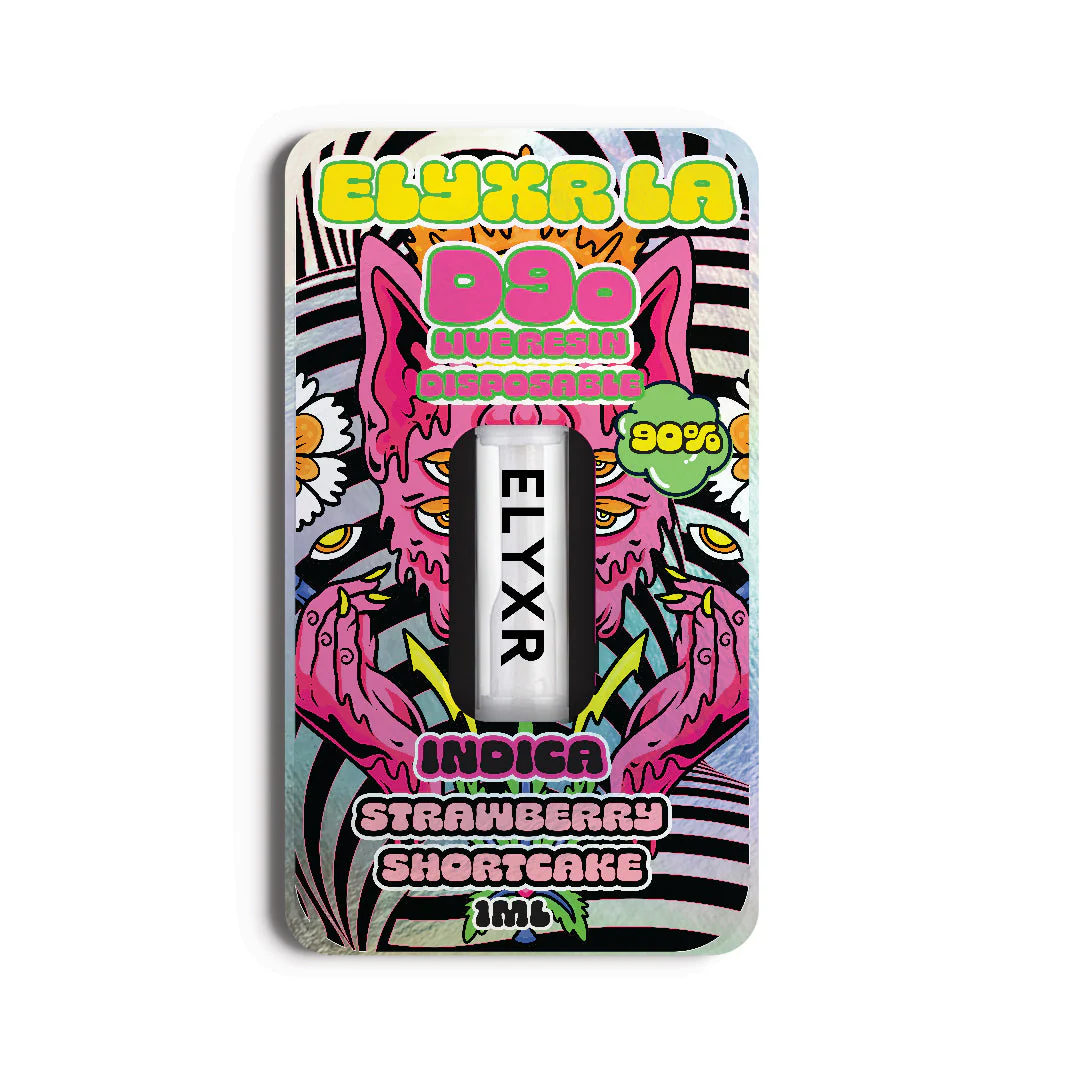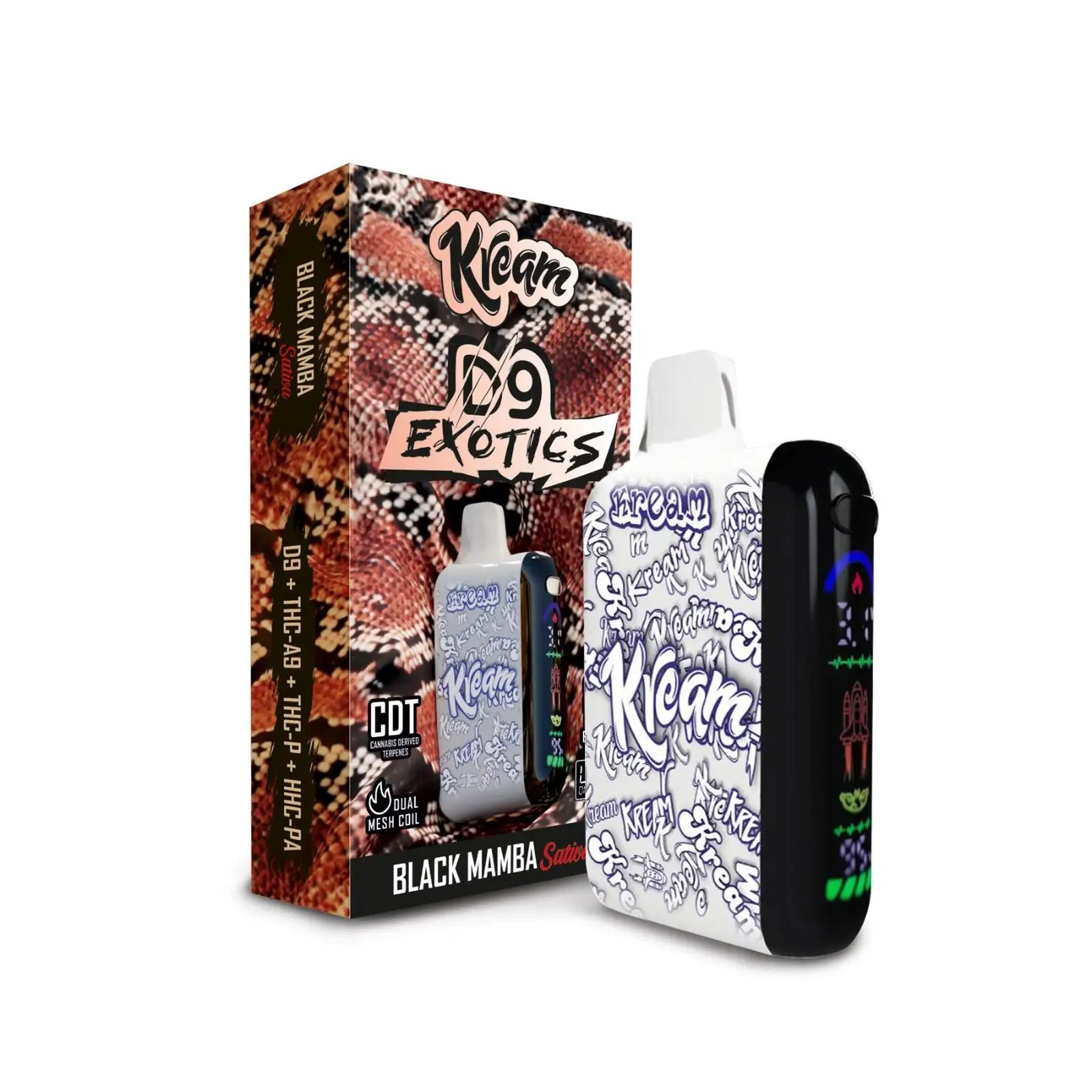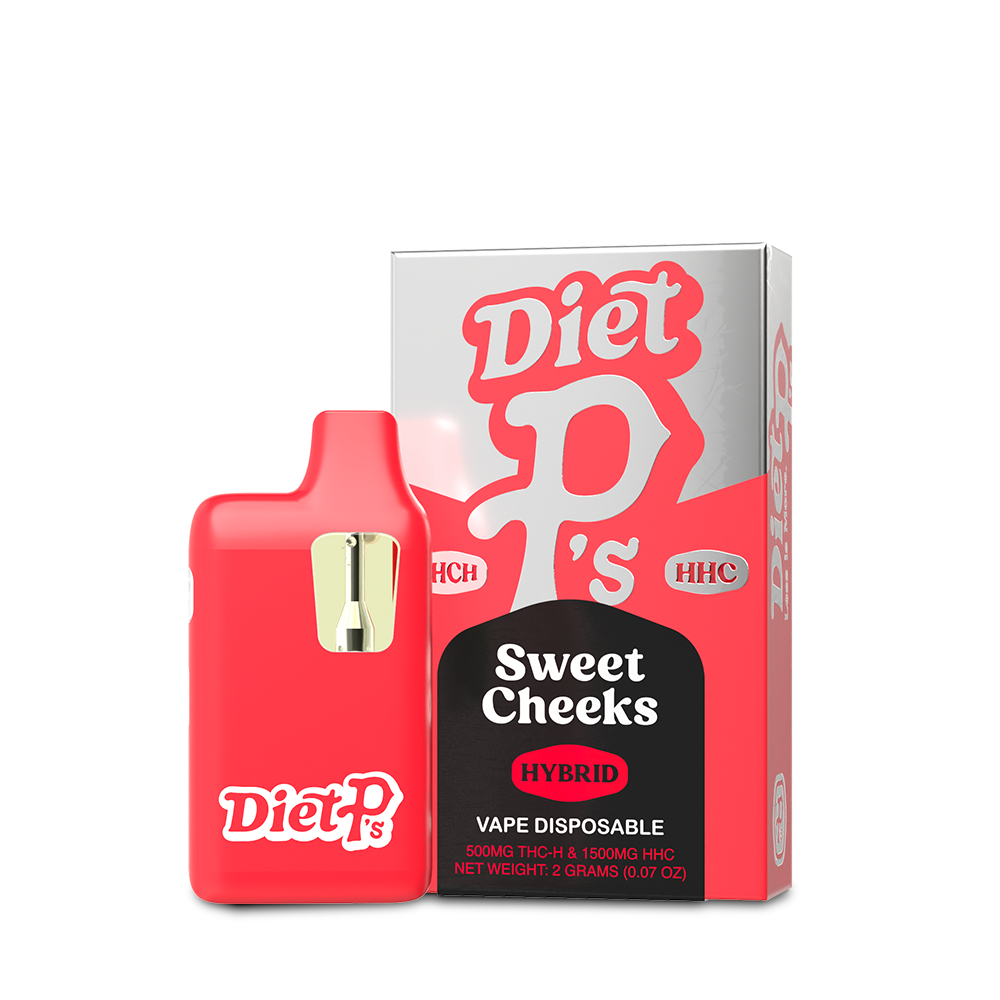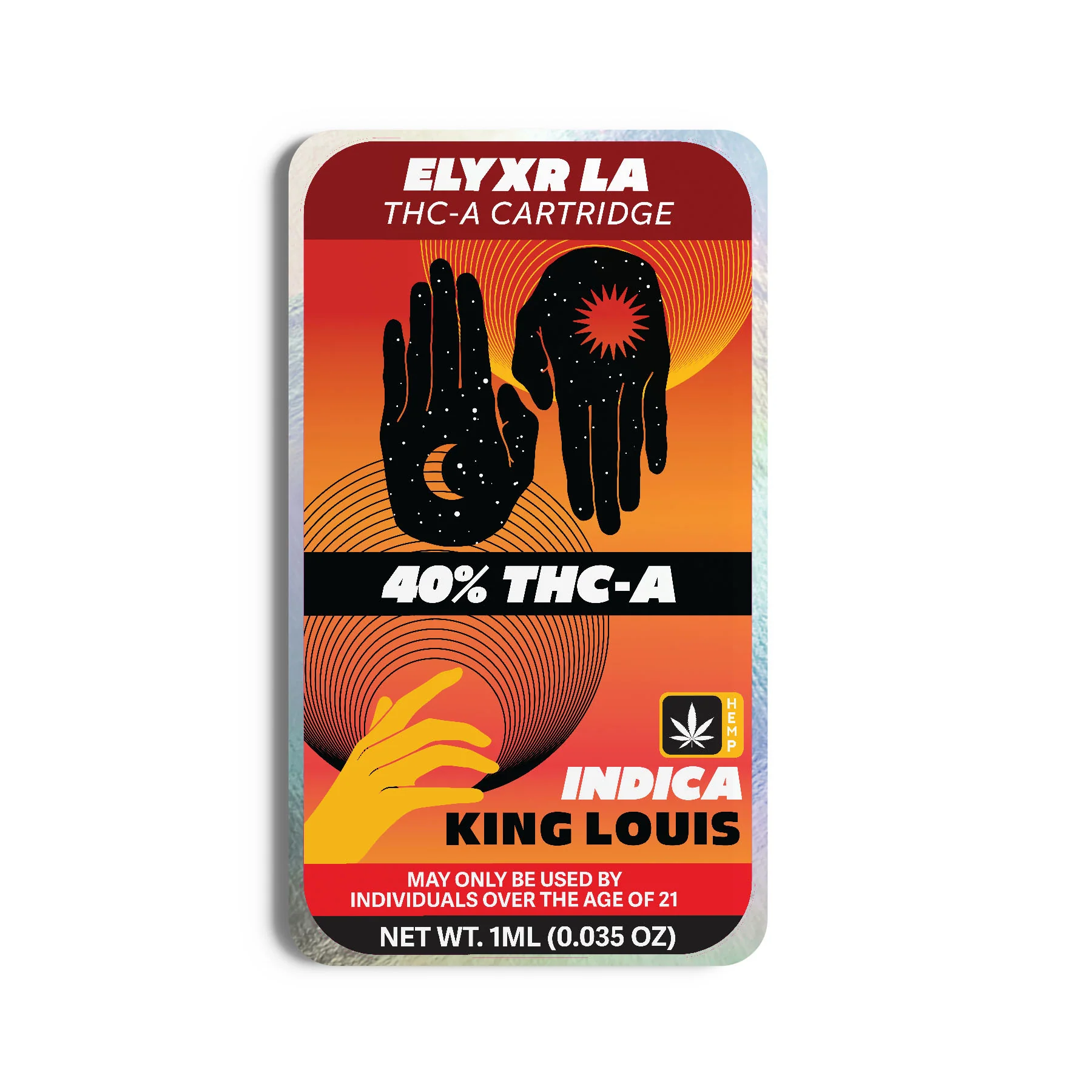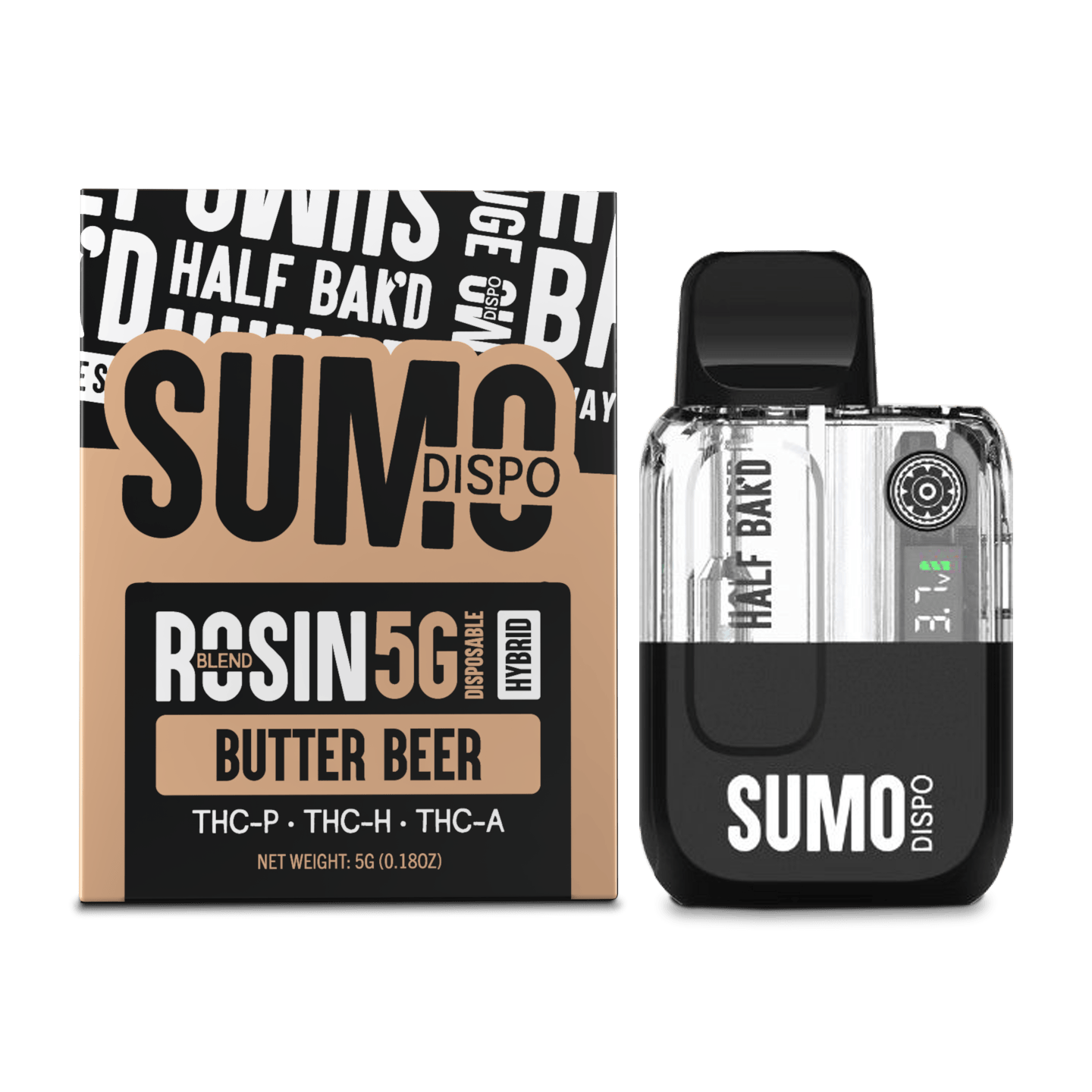In the ever-expanding world of cannabis products and medicinal cannabis, new cannabinoids are constantly making waves. One such lesser known cannabinoid is THCb, a psychoactive cannabinoid that’s sparking interest among researchers, cannabis enthusiasts, and wellness-minded consumers.
If you’ve been wondering what is THCb and how it differs from regular THC or other cannabinoids, this guide will take you through its chemical structure, potential therapeutic benefits, legal status, and more. Whether you’re exploring THCb out of curiosity or interest in its potential benefits, this article covers everything you need to know.
Introduction to THCb
THCb (tetrahydrocannabivarin-B) is a minor cannabinoid found in trace amounts in the cannabis plant. While it shares similarities with delta 9 THC, the main difference lies in its molecular structure, specifically its butyl side chain compared to the pentyl side chain found in delta 9. This slight difference in the chemical structure can influence how THCb binds to cannabinoid receptors, producing psychoactive effects and potentially distinct therapeutic benefits.
THCb occurs naturally in some cannabis strains, though often in very small quantities. For this reason, many THCb products are derived from hemp products or concentrated extracts. While research is in the early stages, this fascinating cannabinoid shows promise as a new addition to the cannabinoid family, offering unique properties that differentiate it from regular THC and other cannabinoids.
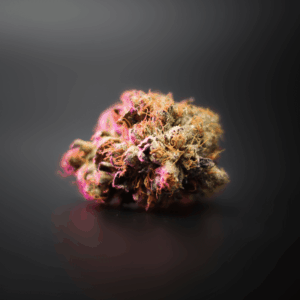
THCb’s Chemical Structure and How It Differs From THC
To truly understand what THCb is, it helps to look at its molecular structure. Both THCb and delta 9 THC have similar backbones, but the only difference is in the side chain:
- THCb has a butyl side chain with four carbon atoms.
- Delta 9 THC has a pentyl side chain with five carbon atoms.
This slight difference in the chemical structure may seem minor, but it can have significant effects on how THCb binds to the body’s endocannabinoid system, specifically the CB1 and CB2 receptors.
One key difference is how THCb interacts with these receptors, potentially producing psychoactive effects that are similar to THC but possibly less intense or qualitatively different. This is why early researchers are intrigued by THCb’s potency and its potential applications in pain management, mental stimulation, and other areas.
How THCb Affects the Human Body
THCb affects the human body primarily by interacting with the endocannabinoid system, a network of receptors and signaling molecules that regulates physiological processes like mood, appetite, and pain perception. When THCb binds to CB1 and CB2 receptors, it can produce intoxicating effects along with potential therapeutic benefits.
Some early findings suggest that THCb may:
- Offer pain relief and decreased pain perception
- Provide neuroprotective effects
- Stimulate appetite similarly to THC
- Promote mental stimulation at low doses
The way THCb binds to these receptors might differ from regular THC, which could make its psychoactive properties slightly milder or different in character. Preliminary studies are ongoing, but anecdotal evidence and early research suggest that this interesting cannabinoid could have meaningful applications in both recreational cannabis use and medicinal cannabis contexts.
THCb’s Psychoactive and Intoxicating Effects
One of the most intriguing aspects of THCb is its psychoactive properties. THCb’s effects may vary depending on the dose, individual physiology, and cannabis experience. While early research suggests that THCb is intoxicating, many users report less intense psychoactive effects compared to delta 9 THC, even at similar doses.
Key points about THCb’s psychoactive effects:
- Produces a high similar to delta 9 THC, but often reported as smoother or clearer
- Can induce mental stimulation and focus
- May cause mild euphoria or relaxation, depending on dosage
Because THCb is a minor cannabinoid, most cannabis products contain only trace amounts, meaning the psychoactive effects are often subtle unless concentrated in THCb products. This makes it an interesting cannabinoid for users seeking a unique cannabis experience without the intensity of regular THC.
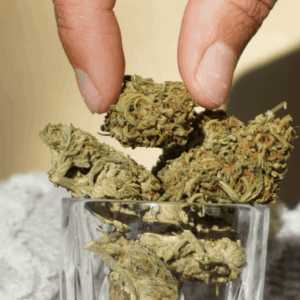
Potential Therapeutic Benefits of THCb
While preliminary research is limited, early research suggests potential therapeutic benefits of THCb. Researchers are particularly interested in its analgesic properties, anti inflammatory effects, and neuroprotective properties.
Potential benefits include:
- Pain relief and pain management: THCb may reduce pain perception and promote pain relieving effects similar to delta 9 THC.
- Anti inflammatory properties: Could support the management of conditions linked to inflammation.
- Neuroprotective effects: Early studies suggest potential neuroprotective properties, possibly aiding in cognitive health.
- Appetite stimulation: Similar to regular THC, THCb might increase appetite for patients dealing with appetite loss.
In addition to these preliminary studies, anecdotal evidence indicates that THCb could provide therapeutic benefits in areas like stress management and sleep support. While more research is needed, these findings highlight THCb as a fascinating cannabinoid with unique properties that could complement existing cannabinoids in medicinal cannabis formulations.
Methods of Consumption: How to Use THCb
Because THCb occurs naturally in trace amounts in the cannabis plant, hemp-derived THCb products are increasingly popular. Consumption methods vary depending on the product type:
- Smoking or vaping: THCb can be inhaled through flower or concentrates, offering quick onset.
- Edibles and tinctures: Slower absorption but longer-lasting effects.
- THCb isolates: Found in capsules, oils, or extracts for controlled dosing.
Consumption methods can influence THCb’s effects, including the intensity of psychoactive effects and the duration of therapeutic benefits. Users should start with low doses and gradually increase to gauge personal response.
Research on THCb: Early Findings
Exploring THCb is still in the early stages, but preliminary research is shedding light on its potential. A team of Italian scientists first studied THCb and its chemical changes, noting its unique molecular structure and psychoactive properties.
Early research suggests that THCb:
- May have similar pain-relieving and analgesic properties as delta 9 THC
- Can bind differently to cannabinoid receptors, potentially altering psychoactive effects
- Offers anti inflammatory and neuroprotective properties in early lab studies
While much of this work is preliminary, the results are promising. Early findings indicate that THCb’s potency may vary depending on the cannabis strain, dose, and method of consumption, making it a compelling target for new cannabinoids research.
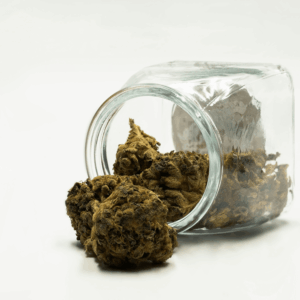
Comparing THCb to Other Cannabinoids
Understanding THCb compare to other cannabinoids helps contextualize its place in the cannabinoid family. Key comparisons include:
- Delta 9 THC: THCb shares psychoactive properties but may be less intense due to slight differences in chemical structure.
- CBD: THCb is intoxicating, whereas CBD is non-psychoactive but still interacts with the endocannabinoid system.
- THCa and other minor cannabinoids: THCb occurs in trace amounts, similar to other rare cannabinoids like THCa or THCv, each with unique properties.
One key difference between THCb and delta 9 THC is the butyl side chain versus pentyl side chain, which can alter binding affinity to cannabinoid receptors and produce slight differences in psychoactive and therapeutic effects.
THCb Legal Status
The legal status of THCb is nuanced. Because it is often hemp derived and found in trace amounts, many consider it federally legal under the 2018 Farm Bill. However, THCb legal status can vary depending on:
- State regulations
- Presence of delta 9 THC in the product
- Federal interpretations of psychoactive cannabinoids
Consumers interested in THCb products should always check the legal status in their area to avoid unintended violations. The early stages of THCb research mean that legislation could evolve as new cannabinoids are studied and regulated.
Safety, Dosage, and Considerations
Although early research is promising, preliminary studies and anecdotal evidence suggest that THCb’s effects can vary depending on dosage, individual physiology, and method of consumption. Some considerations include:
- Start with low doses to assess tolerance
- Be aware of psychoactive effects, which may be intoxicating
- Avoid combining with other psychoactive substances
- Consider potential interactions with medications
- Monitor for side effects like dizziness or anxiety
THCb affects everyone differently, and cannabis use in combination with other cannabinoids can amplify or alter effects. Users seeking therapeutic benefits should approach cautiously and consider professional guidance when appropriate.
The Future of THCb: Potential and Exploration
Exploring THCb is a journey into the early stages of cannabinoid research. With its unique properties, including psychoactive effects, anti inflammatory properties, and pain relieving potential, THCb represents an exciting frontier in both medicinal cannabis and hemp products.
Preliminary research suggests that THCb may offer:
- Pain management and analgesic properties
- Neuroprotective effects
- Mild psychoactive cannabinoid effects for recreational or therapeutic use
- Potential synergy with other cannabinoids in cannabis products
As research continues, THCb could become a key component in hemp-derived wellness products, synthetic cannabinoid research, and therapeutic cannabis formulations. Whether for mental stimulation, pain relief, or anti inflammatory support, THCb is shaping up to be a fascinating cannabinoid with promising potential benefits yet to be fully understood.
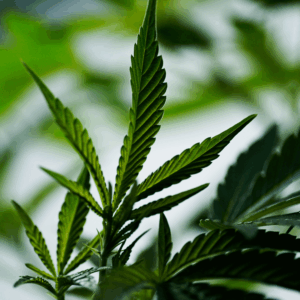
Conclusion
So, what is THCb? It’s a minor cannabinoid with psychoactive properties, therapeutic potential, and a unique molecular structure that sets it apart from regular THC and other cannabinoids. While research is in the early stages, preliminary studies and anecdotal evidence indicate pain relieving, anti inflammatory, and neuroprotective properties, making it a compelling addition to the cannabinoid family.
Whether you’re interested in THCb products for recreational use, medicinal cannabis applications, or simply exploring the new cannabinoids emerging from the cannabis plant, THCb represents a fascinating cannabinoid worth understanding. Its unique properties, psychoactive effects, and potential therapeutic benefits may shape the future of cannabis products and hemp-derived wellness solutions in the years to come.
Frequently Asked Questions
1. Does THCb get you high?
Yes, THCb is a psychoactive cannabinoid, meaning it can produce intoxicating effects similar to delta 9 THC. However, many users report that THCb’s effects are slightly less intense or qualitatively different, often described as clearer or more focused. The intensity of the high can vary depending on dose, method of consumption, and individual cannabis experience.
2. What is the difference between THCA A and THCA B?
THCA A and THCA B are two acidic precursors of THC found in the cannabis plant. The main difference lies in their chemical structure and how they decarboxylate into active cannabinoids when heated. THCA A is more common in most cannabis strains, while THCA B occurs in trace amounts and may have slightly different physiological effects, though both are non-psychoactive until converted to THC.
3. What is the meaning of THCb?
THCb stands for tetrahydrocannabivarin-B, a minor cannabinoid naturally found in cannabis and hemp products. It is structurally similar to delta 9 THC, but with a butyl side chain instead of a pentyl side chain, which can influence its psychoactive properties and binding affinity to cannabinoid receptors.
4. What is the difference between THCb and THCP?
The main difference between THCb and THCP lies in their chemical structure and potency. THCP has a seven-carbon side chain, making it significantly more potent than delta 9 THC, while THCb has a four-carbon butyl side chain and tends to produce milder psychoactive effects. Both are minor cannabinoids with potential therapeutic benefits, but THCP is generally considered stronger and more intoxicating, whereas THCb may offer a subtler high with potential analgesic and anti-inflammatory properties.




